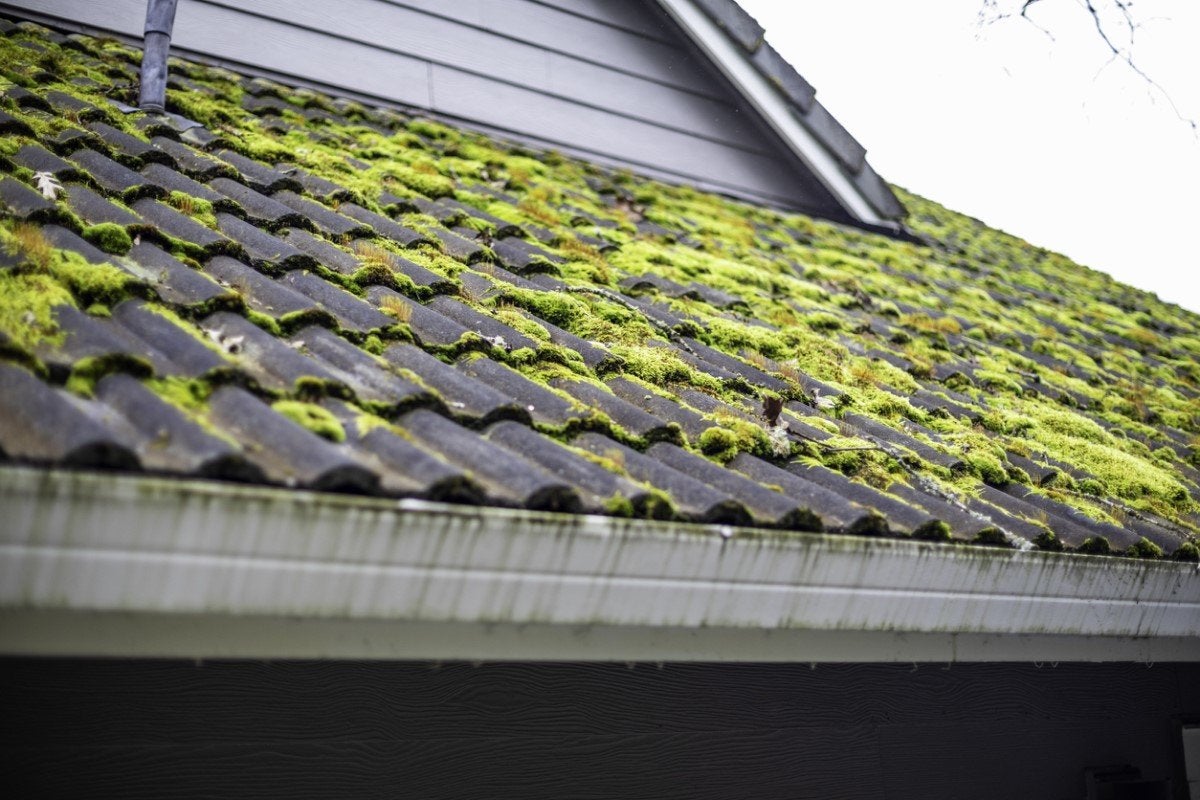

Articles
How To Get Moss Off Roof
Modified: January 6, 2024
Discover effective ways to remove moss from your roof with this informative articles. Keep your roof clean and moss-free with our expert tips and techniques.
(Many of the links in this article redirect to a specific reviewed product. Your purchase of these products through affiliate links helps to generate commission for Storables.com, at no extra cost. Learn more)
Introduction
Welcome to our comprehensive guide on how to get moss off your roof. If you’ve noticed the telltale signs of moss growth on your roof, it’s important to take action promptly. Moss not only compromises the aesthetic appeal of your home, but it can also cause serious damage if left untreated. In this article, we will delve into the causes of moss growth on roofs, the risks associated with it, and provide step-by-step instructions on how to remove moss effectively. Additionally, we will offer insights on how to prevent future moss growth, ensuring the longevity and integrity of your roof.
Key Takeaways:
- Moss growth on roofs poses serious risks, including structural damage, water retention, and reduced lifespan. Understanding the causes and taking proactive removal and prevention measures are crucial for maintaining a healthy and resilient roof.
- To effectively remove moss from your roof, gather the necessary tools, follow safety precautions, and diligently follow the step-by-step process. Implementing preventative measures such as trimming vegetation and improving roof ventilation can significantly reduce the likelihood of moss regrowth.
Read more: How To Get Moss Off Of Brick
Understanding Moss Growth on Roofs
Moss growth on roofs is a common issue that occurs in areas with high humidity and damp conditions. Mosses are primitive plants that thrive in moisture-rich environments, which is why they often find their way onto roofs. Their small, spore-bearing structures enable them to attach to various surfaces, including roof tiles, shingles, and even metal roofs.
One of the key factors that contribute to moss growth is the presence of moisture. When roofs are shaded, damp, or prone to water accumulation, it creates an ideal environment for moss to take hold. In addition, roofs that are surrounded by trees or have ample foliage provide the necessary shade, retaining moisture and promoting moss growth.
It’s important to note that moss growth is more prevalent on roofs that face north or receive less sunlight. These areas tend to stay cooler and hold moisture for longer periods, creating favorable conditions for moss to flourish.
The unique structure of moss allows it to absorb and retain water, exacerbating the problem. As moss continues to grow and multiply, it can cause damage to the roof’s surface. The moss holds moisture against the surfaces it attaches to, leading to the deterioration of roofing materials over time.
Moss growth on roofs can also result in the accumulation of debris, such as leaves and twigs, as these items get caught within the moss growth. This debris can further retain moisture, accelerating the deterioration of the roof and potentially blocking the flow of rainwater, leading to water damage.
Understanding the mechanisms behind moss growth on roofs is crucial in addressing the issue effectively. By recognizing the causes and consequences of moss growth, you can take the necessary steps to remove moss and prevent its recurrence, ensuring a healthier and more resilient roof.
The Risks of Having Moss on Your Roof
While moss growth may seem like a harmless aesthetic issue, it can pose several risks to the structural integrity and functionality of your roof. It’s important to be aware of these risks and take appropriate action to mitigate them.
1. Roof Damage: Moss can cause significant damage to your roof over time. As moss attaches itself to the roof surface, it can penetrate and lift up shingles and tiles, leading to gaps and exposing the underlying structure. This compromises the protective barrier of your roof, making it vulnerable to water leaks, rot, and further damage.
2. Water Retention: Moss has the ability to absorb and retain large amounts of water. This water retention can lead to prolonged moisture exposure on the roof’s surface, which can weaken the underlying materials and promote the growth of mold and mildew. Excessive moisture can also seep into the roof, causing internal damage and compromising insulation.
3. Ice Dams: In colder climates, moss can contribute to the formation of ice dams. When moss retains water and freezes, it creates a barrier that prevents proper water drainage from the roof. This trapped water can then seep into the roof and cause leaks, leading to water damage and potentially hazardous conditions.
4. Increased Weight: The accumulation of moss, debris, and water on the roof adds extra weight. This excess weight can strain the roof structure, potentially leading to sagging or even collapse in severe cases. It’s important to address any moss growth promptly to prevent unnecessary stress on the roof.
5. Reduced Lifespan: Moss growth can significantly reduce the lifespan of your roof. The constant presence of moisture, coupled with the damage caused by the moss itself, accelerates the deterioration of roofing materials. This can result in the need for costly repairs or even a complete roof replacement sooner than expected.
Given these risks, it is essential to take proactive measures to remove moss from your roof and prevent its reoccurrence. Regular maintenance and preventative measures can go a long way in ensuring the longevity and durability of your roof.
Tools and Safety Precautions
Before you embark on the moss removal process, it’s important to gather the necessary tools and equipment. Additionally, ensure that you take the appropriate safety precautions to protect yourself and prevent any accidents or injuries.
Tools for Moss Removal:
- Garden hose with a spray nozzle
- Stiff-bristle brush or broom
- Moss removal solution or homemade mixture (e.g., vinegar or bleach diluted with water)
- Roof-safe moss removal scraper or brush
- Protective clothing, such as gloves, safety glasses, and long-sleeved shirts
- Ladder or scaffolding to access the roof safely
- Bucket or container for moss debris
Safety Precautions:
- Use appropriate personal protective equipment: Wear gloves, safety glasses, and long-sleeved shirts to protect your skin and eyes from any chemicals or debris.
- Secure the ladder: Make sure the ladder is stable and properly secured before climbing onto the roof. Have a spotter or helper hold the ladder for additional stability.
- Check the roof’s condition: Before stepping onto the roof, inspect the surface for any signs of damage or weak spots. Avoid walking on areas that appear fragile or unstable.
- Be cautious of slippery surfaces: Moss-covered roofs can be slippery, especially when wet. Take extra caution when walking or climbing on the roof to avoid falls or accidents. Consider using roof harnesses or safety ropes for added protection.
- Mind electrical hazards: Be aware of any overhead power lines near your roof and take care to avoid them. It’s important to keep yourself and any tools or equipment clear of electrical lines.
- Follow manufacturer instructions: If you’re using a commercial moss removal solution, carefully read and follow the instructions provided by the manufacturer to ensure safe and effective use.
- Dispose of moss properly: Collect the debris in a bucket or container and dispose of it in accordance with local waste management regulations. Avoid throwing moss down gutters or onto the ground, as it can contribute to further moss growth.
By having the necessary tools and following safety precautions, you can confidently proceed with the moss removal process, ensuring both your safety and the effectiveness of the task at hand.
Use a long-handled brush or pressure washer to gently scrub or blast moss off the roof. Avoid using harsh chemicals that can damage the roof or harm the environment. Regular maintenance can prevent moss from returning.
Steps to Remove Moss from Your Roof
Removing moss from your roof requires a systematic approach to effectively eliminate the growth and prevent it from returning. Follow these steps to safely and efficiently remove moss from your roof:
- Prepare the area: Start by clearing the area around your home, removing any obstacles or debris that may interfere with the moss removal process. This includes trimming tree branches that may be touching or overhanging your roof.
- Protect yourself: Put on your personal protective equipment, including gloves, safety glasses, and long-sleeved shirts, to shield yourself from any potential chemical exposure or debris.
- Wet the roof: Using a hose with a spray nozzle, thoroughly wet the roof’s surface. This will help loosen the moss and make it easier to remove.
- Apply a moss removal solution: Apply a commercial moss removal solution or create your own by diluting vinegar or bleach with water. Follow the manufacturer’s instructions if using a commercial product. Spray the solution evenly over the moss-covered areas, focusing on the most heavily affected spots.
- Wait for the solution to work: Allow the moss removal solution to sit on the roof for the recommended amount of time, usually around 15-20 minutes. This allows the solution to penetrate the moss and begin breaking it down.
- Gently scrub the moss: Using a stiff-bristle brush or broom, gently scrub the moss-covered areas in a sweeping motion. Be careful not to apply too much pressure to avoid damaging the roof’s surface. The moss should start to come loose and detach from the roof.
- Rinse the roof: Once you have scrubbed the moss, use the hose to rinse the roof thoroughly. Ensure that all the moss and cleaning solution residue are washed away.
- Inspect for any remaining moss: After rinsing, carefully examine the roof to identify any sections where moss may still be present. Repeat the scrubbing and rinsing process in these areas until all the moss is removed.
- Clean up and dispose of debris: Collect the detached moss and any debris in a bucket or container. Dispose of the debris in accordance with local waste management regulations.
- Prevent future moss growth: Take preventative measures to minimize the chances of moss regrowing on your roof. This can include trimming trees to reduce shade, cleaning gutters to ensure proper water flow, and applying a moss inhibitor or zinc strips to inhibit moss growth.
Following these steps diligently will help you effectively remove moss from your roof. Regular maintenance and prevention measures can further ensure that your roof remains moss-free and in good condition for years to come.
Read more: How To Get Moss Off A Patio
Preventing Moss Growth on Your Roof
Prevention is key when it comes to moss growth on your roof. By implementing a few proactive measures, you can significantly reduce the likelihood of moss regrowth and keep your roof in optimal condition. Here are some steps you can take to prevent moss growth:
- Trim surrounding vegetation: Trim any tree branches or overhanging foliage around your roof. This will allow more sunlight to reach the roof and minimize the amount of shade that promotes moss growth.
- Keep gutters clean: Regularly clean out your gutters to ensure proper water flow. Clogged gutters can lead to water accumulation on the roof, creating a moist environment that moss thrives in. Install gutter guards to keep debris out and reduce the need for frequent gutter cleaning.
- Improve roof ventilation: Ensure that your roof has proper ventilation to maintain a dry environment. Good ventilation prevents moisture buildup and reduces the conditions favorable for moss growth.
- Apply a moss inhibitor: Consider using a moss inhibitor or treatment specifically designed to discourage moss growth. These products typically contain zinc or copper, which help inhibit moss and algae from growing on the roof’s surface.
- Install zinc strips: Another effective method is to install zinc strips near the roof’s peak. As rainwater runs over the zinc, it releases small amounts of zinc ions, which act as a natural moss deterrent. This can help prevent moss growth on your roof over time.
- Maintain roof cleanliness: Regularly inspect your roof for any signs of debris accumulation, such as leaves or twigs. Remove any debris promptly to prevent the buildup of moisture and potential moss growth.
- Consider professional roof treatments: If you live in an area with persistent moss growth or have experienced recurring moss issues, it may be beneficial to hire a professional for periodic roof treatments. They can apply specialized treatments to keep moss at bay and ensure your roof remains moss-free.
By implementing these preventative measures, you can significantly reduce the chances of moss growth on your roof. Regular maintenance and vigilance are key to keeping your roof in excellent condition and extending its lifespan.
Conclusion
Removing and preventing moss on your roof is essential for maintaining its longevity and structural integrity. Moss growth not only compromises the aesthetic appeal of your home but also poses risks such as roof damage and water retention. By understanding the causes and risks of moss growth, you can take the necessary steps to address the issue effectively.
In this comprehensive guide, we’ve provided you with valuable insights on how to get moss off your roof. From understanding the factors that contribute to moss growth to the step-by-step process of removing moss, we’ve covered all the essential information you need to tackle this issue head-on.
By following our recommended steps and taking the appropriate safety precautions, you can confidently remove moss from your roof. Remember to gather the necessary tools, protect yourself with personal protective equipment, and ensure the roof is wet before applying a moss removal solution. Gently scrub the moss and thoroughly rinse the roof to complete the removal process.
Additionally, we’ve discussed the importance of preventing moss growth in the first place. Trimming surrounding vegetation, keeping gutters clean, improving roof ventilation, and considering moss inhibitors or zinc strips are all effective ways to prevent moss regrowth on your roof. Regular maintenance and professional roof treatments can also play a crucial role in keeping your roof moss-free.
By taking the time to remove moss from your roof and implementing preventative measures, you can protect your investment and avoid costly repairs down the line. Regularly inspect and maintain your roof to ensure it remains free of moss and in optimal condition.
Remember, when it comes to moss on your roof, prevention is key. Stay proactive, stay vigilant, and enjoy a moss-free and healthy roof for years to come.
Frequently Asked Questions about How To Get Moss Off Roof
Was this page helpful?
At Storables.com, we guarantee accurate and reliable information. Our content, validated by Expert Board Contributors, is crafted following stringent Editorial Policies. We're committed to providing you with well-researched, expert-backed insights for all your informational needs.
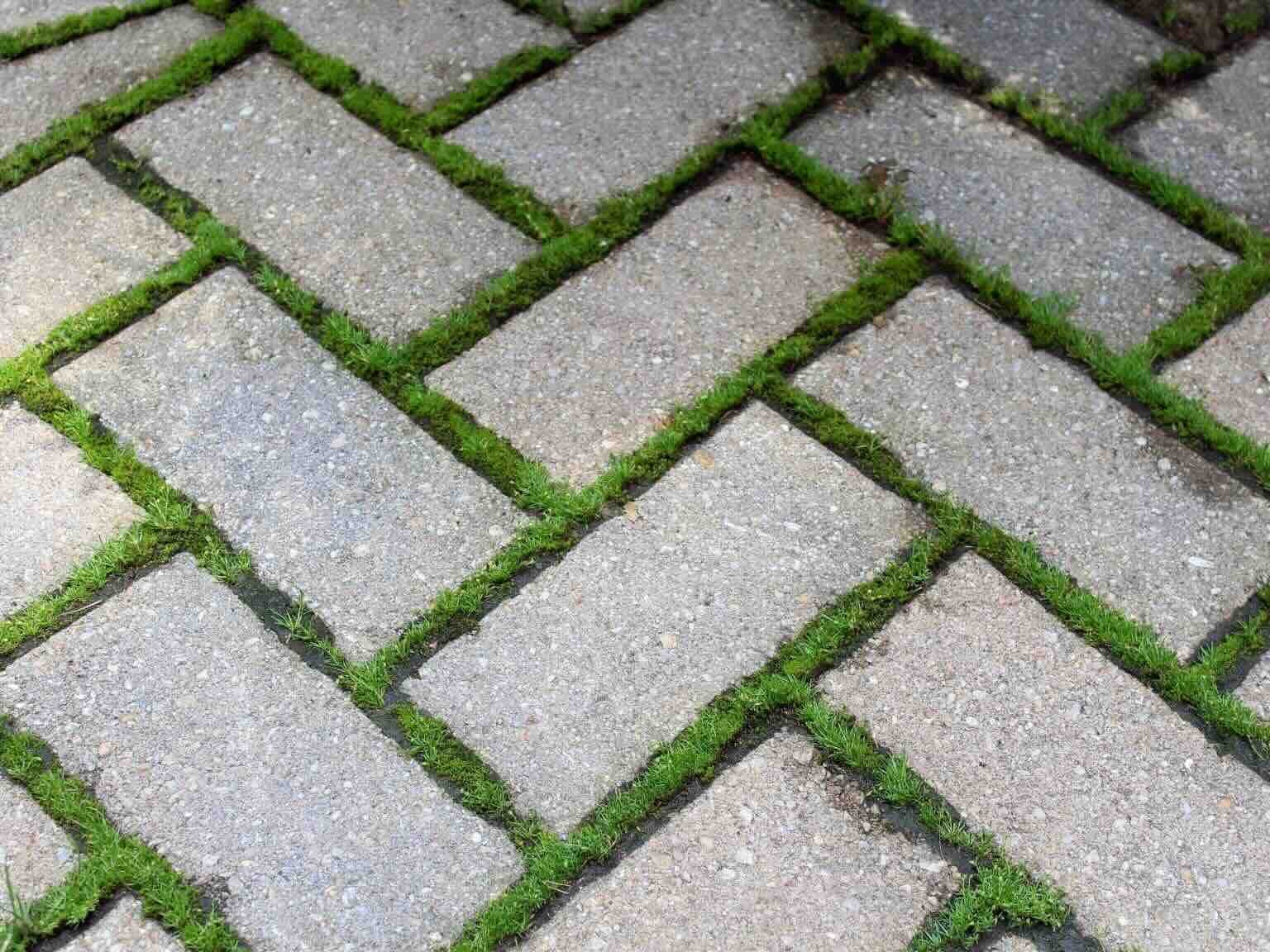
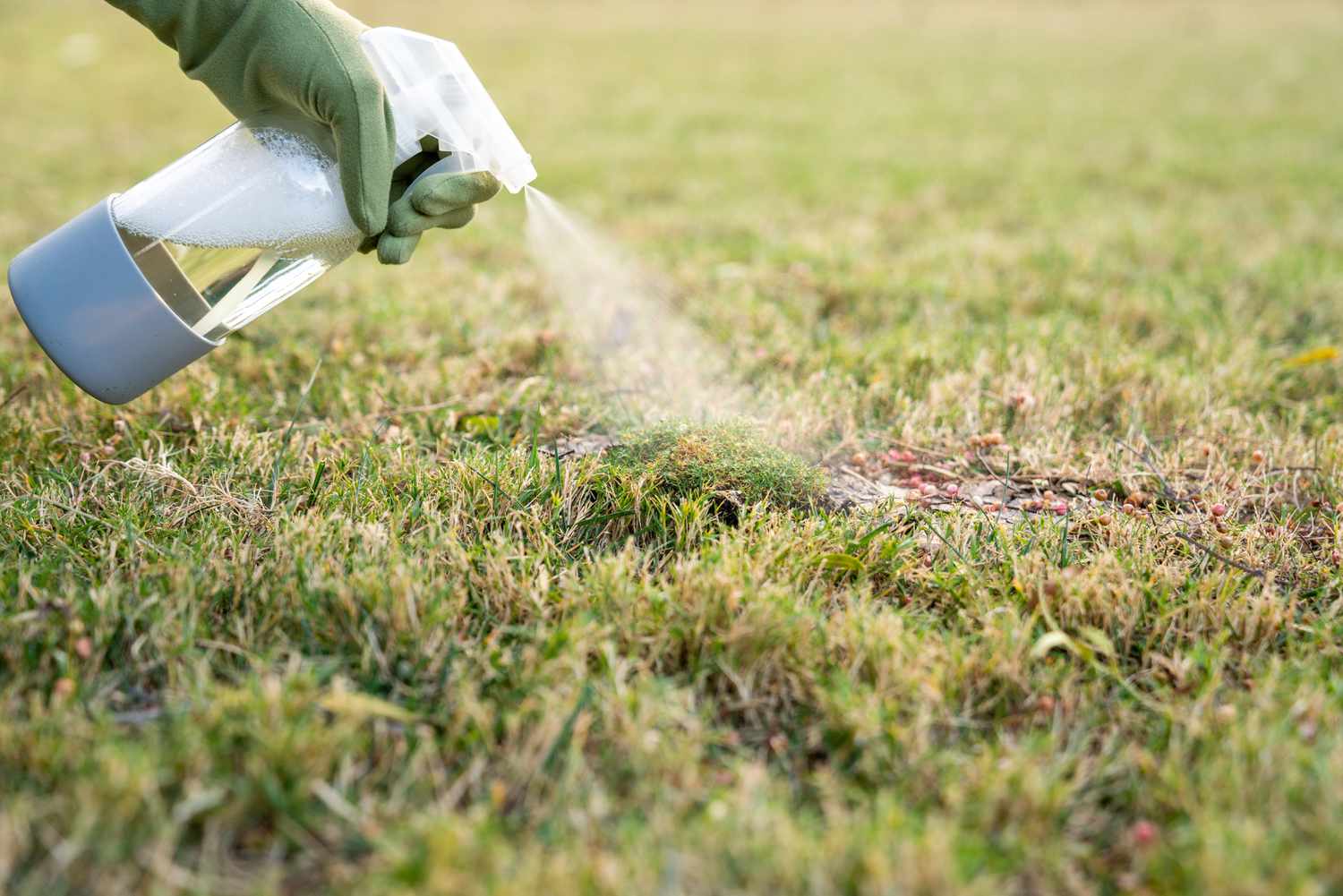
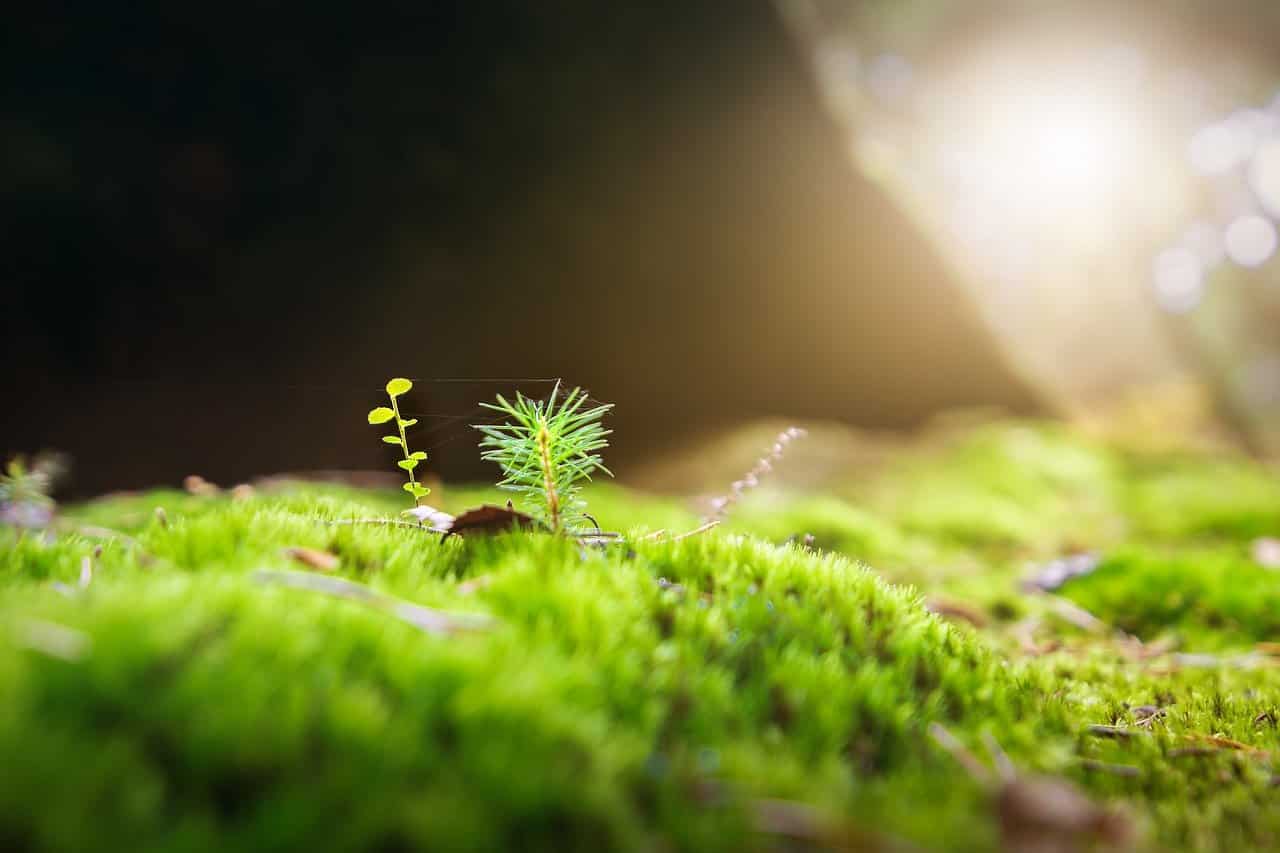
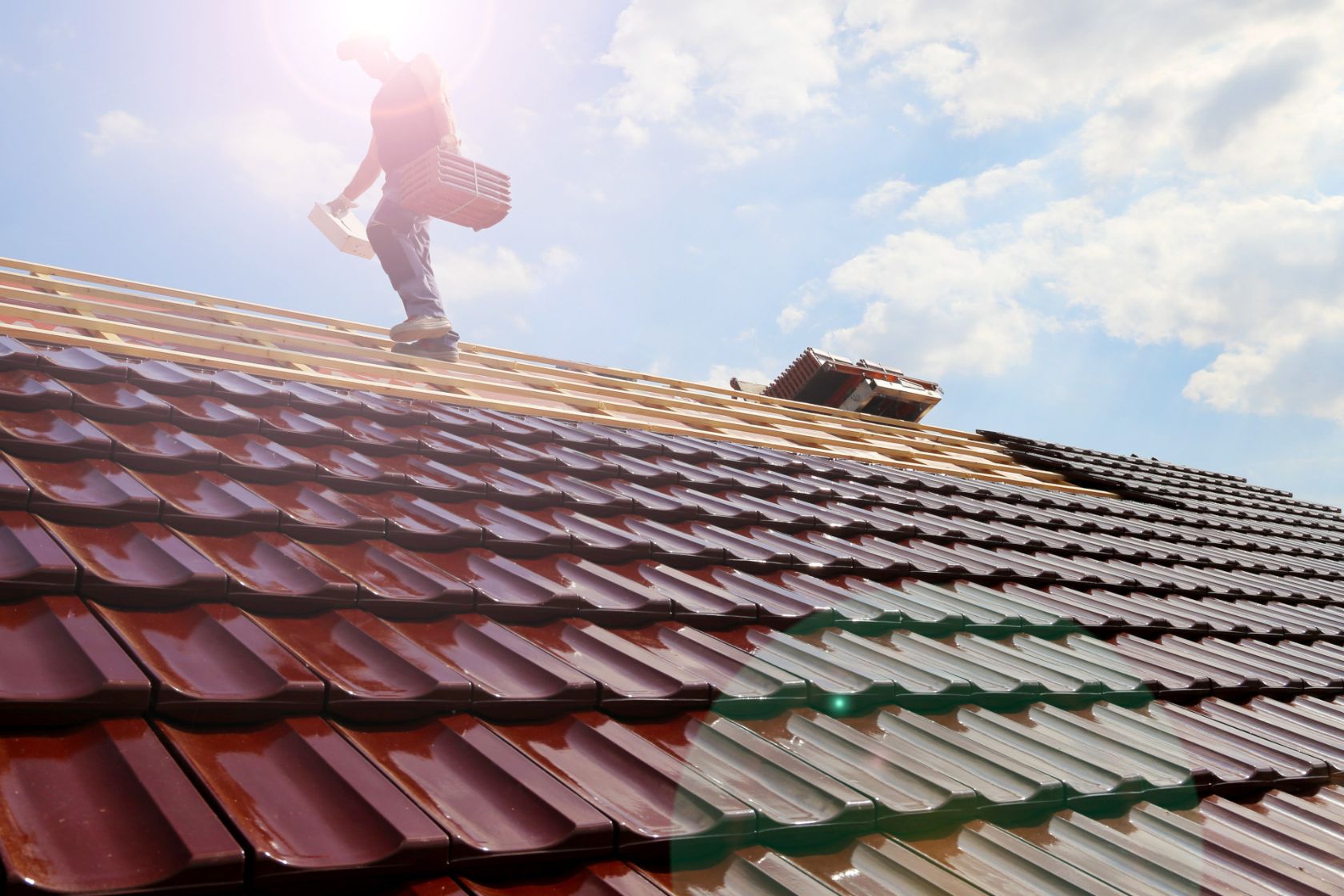
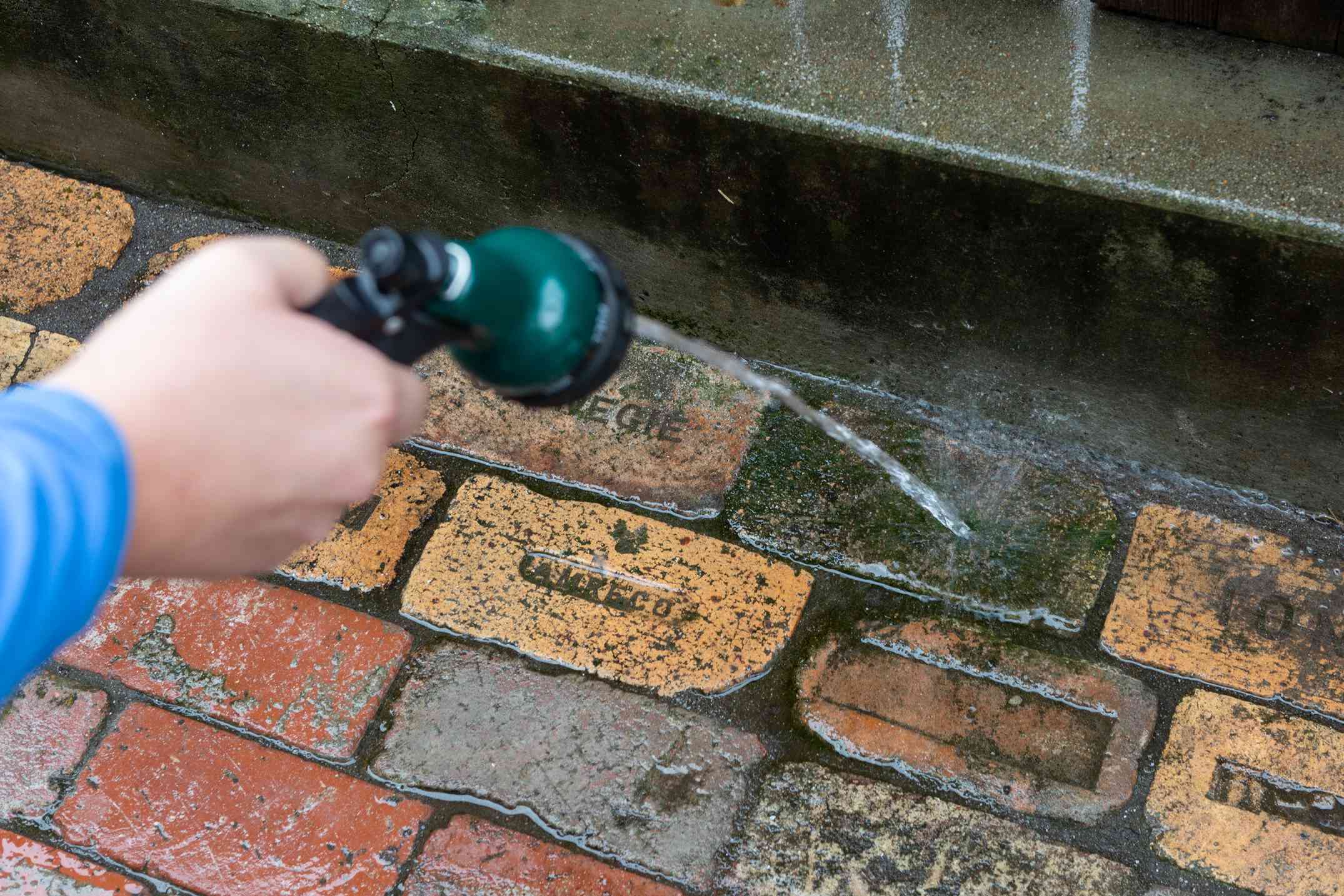
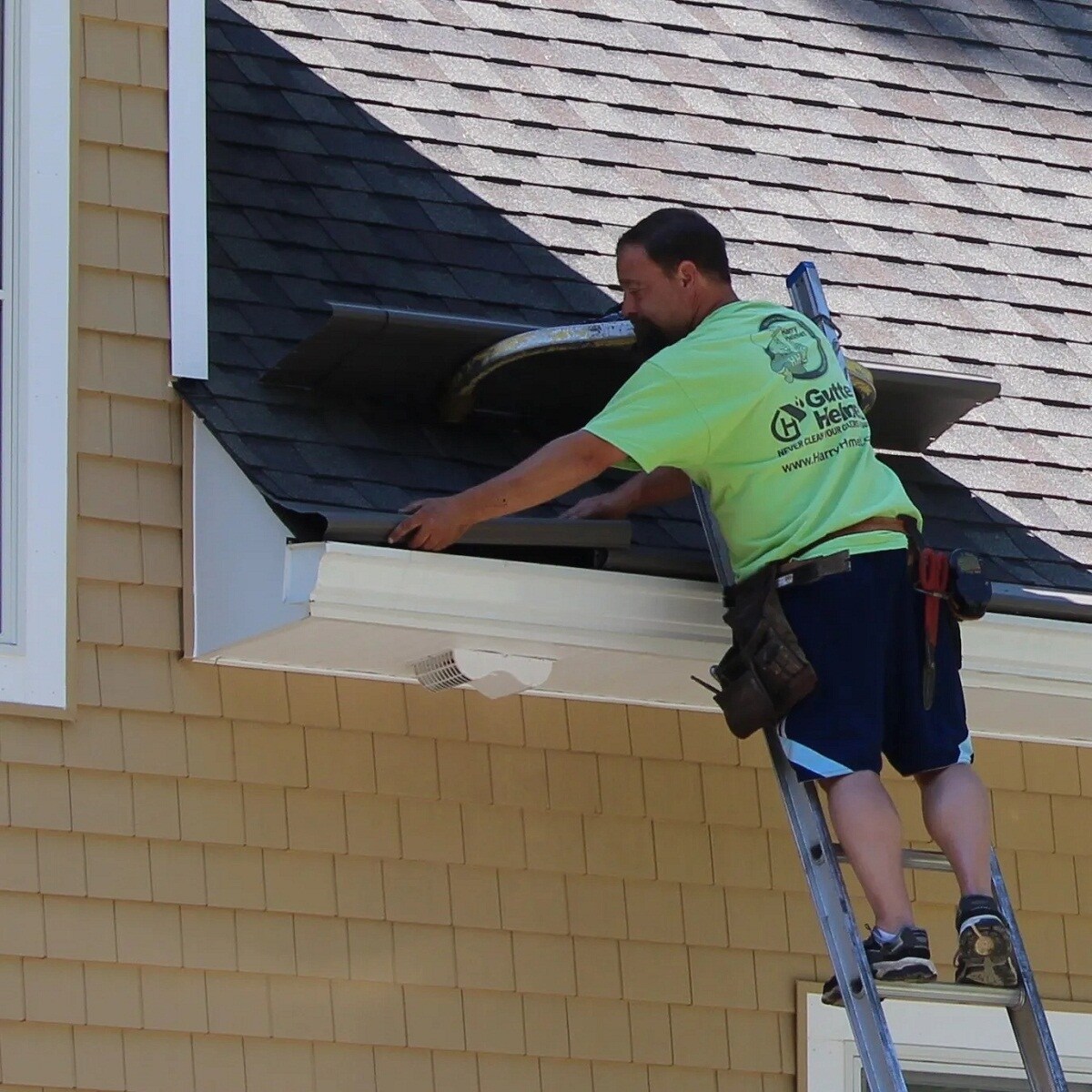
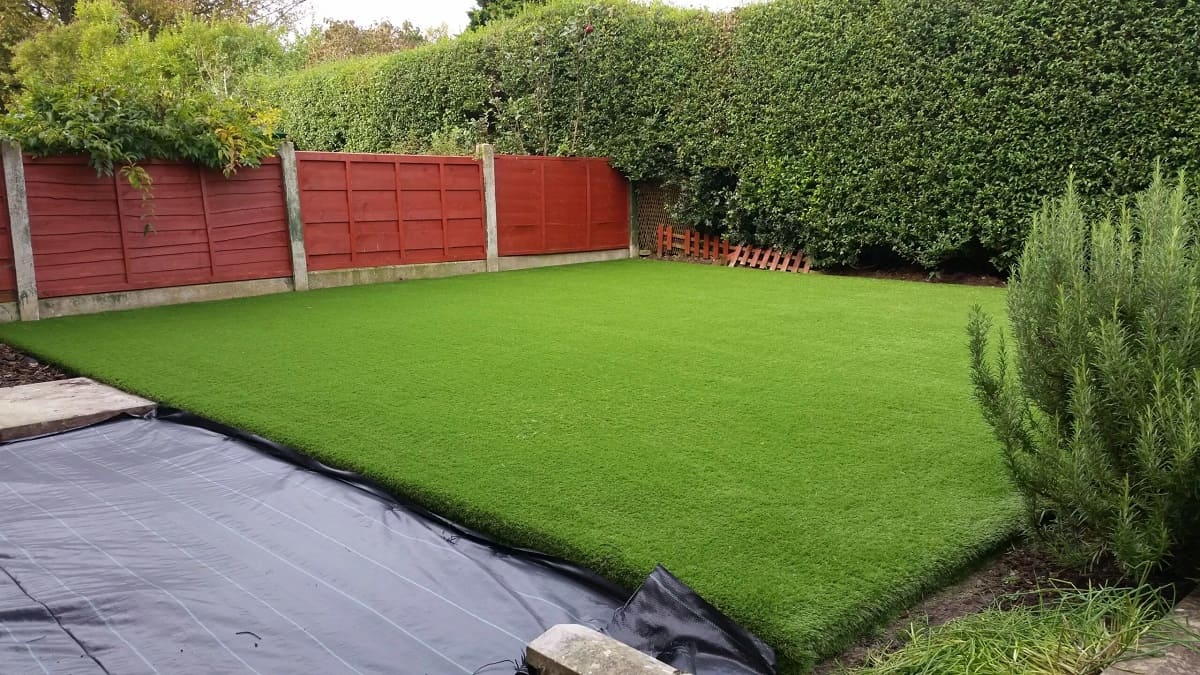
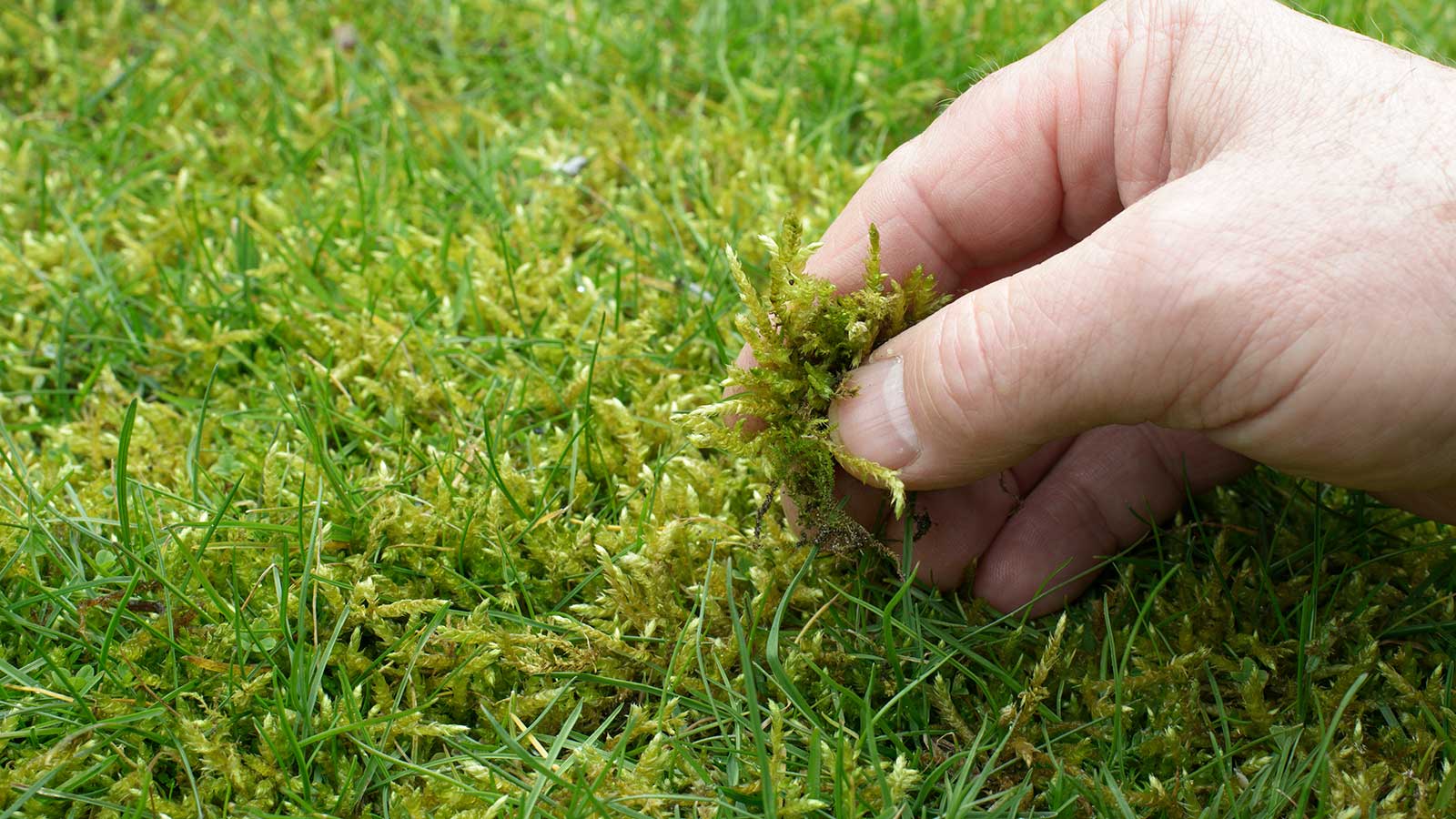
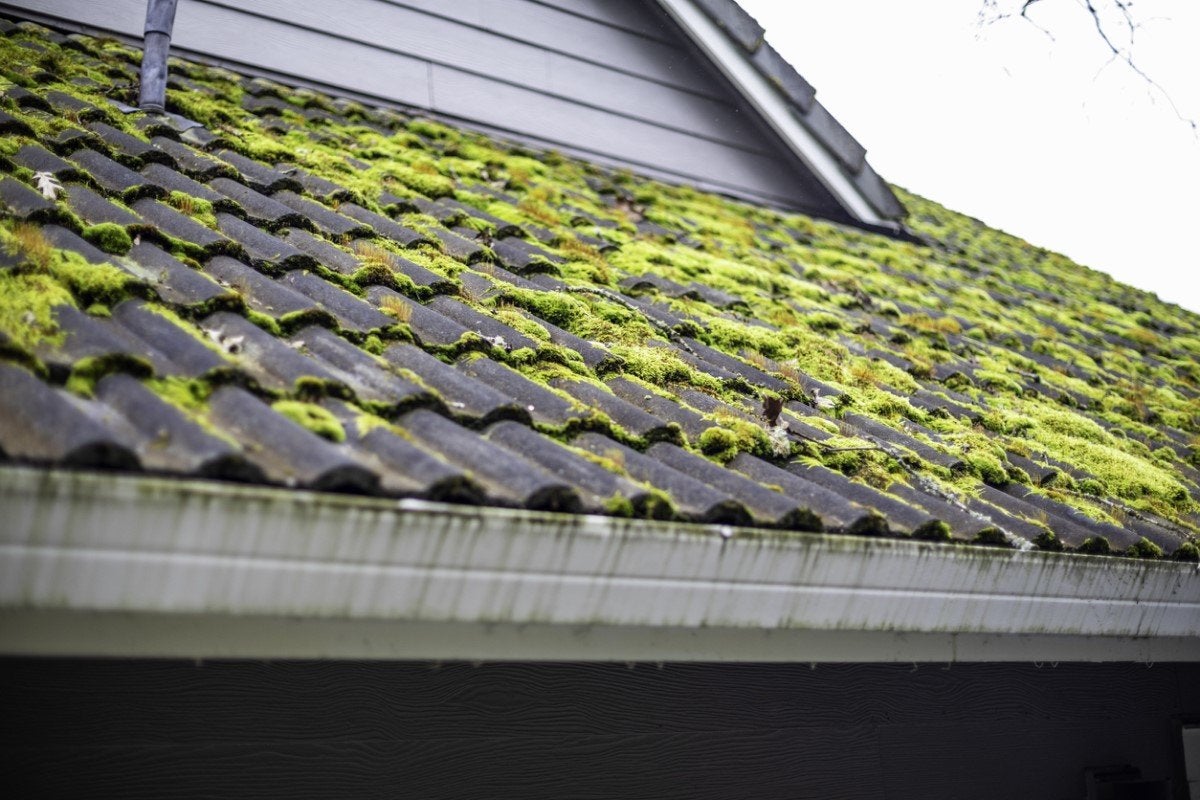
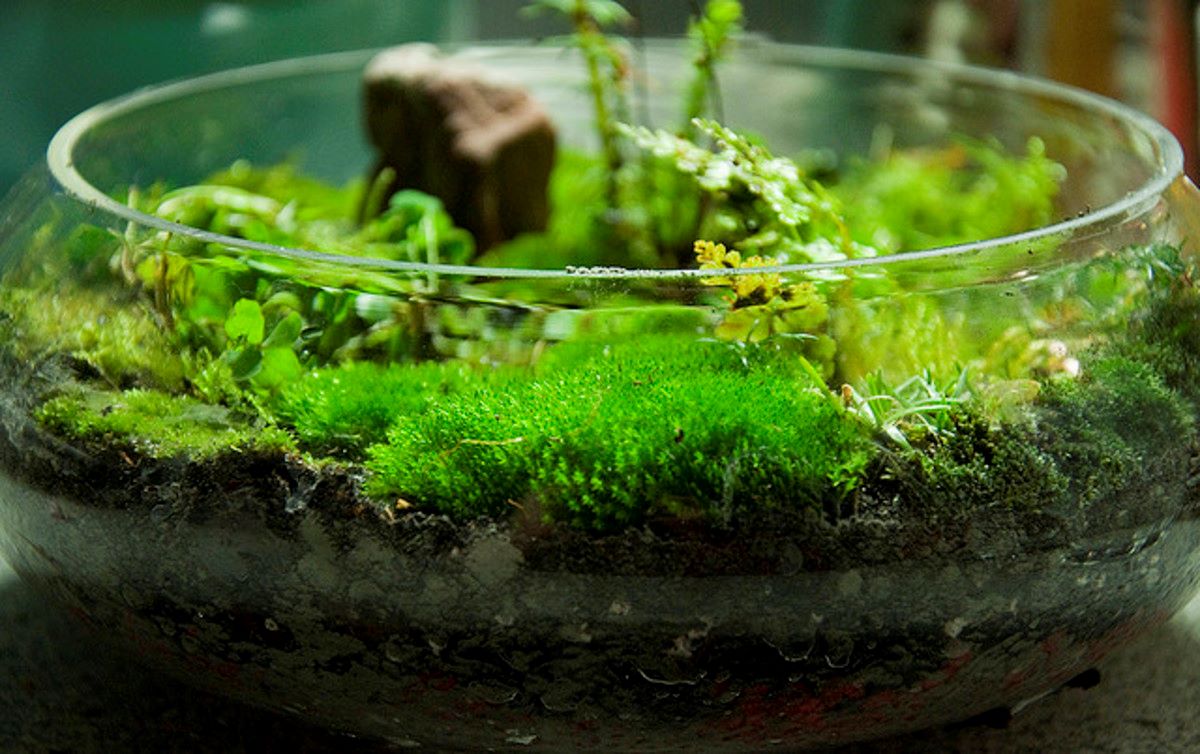
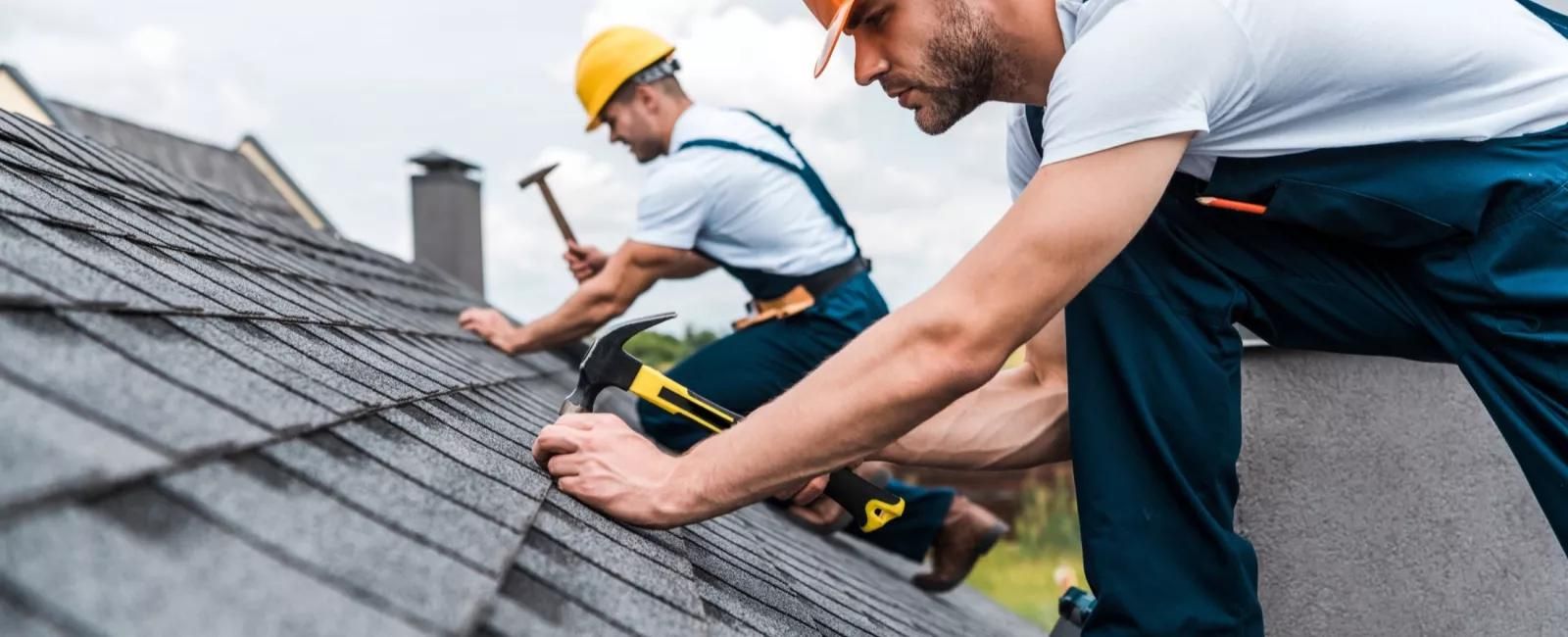

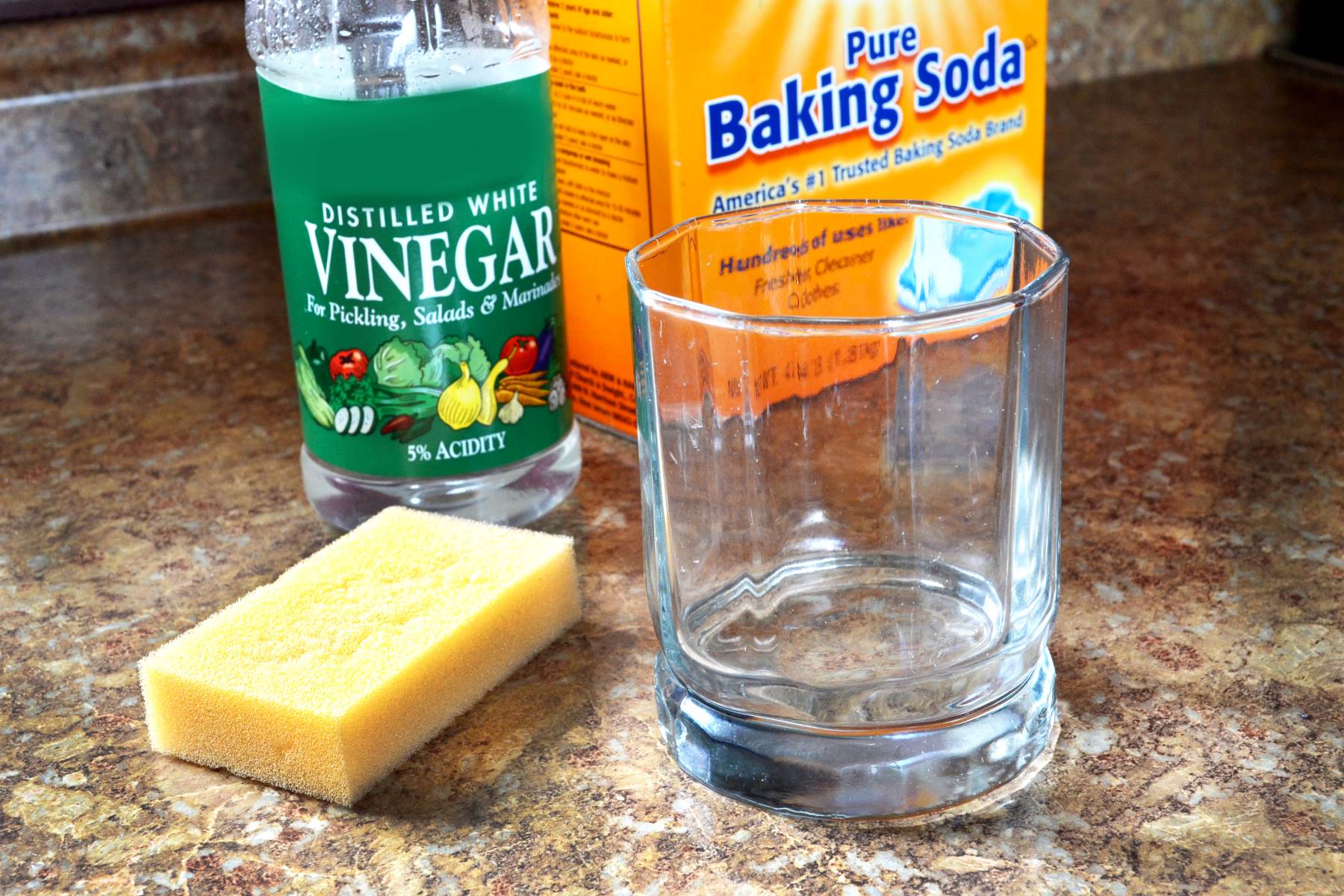

0 thoughts on “How To Get Moss Off Roof”